It’s time to say good-bye to the old ways of making traditional physical impressions. While once deemed the way of the future, physical impressions have become a thing of the past. In a recent presentation, dentistry experts Justin S. Marks, CDT, of Master-Touch Dental Laboratories and Apeksha Pole, DMD, outlined the advance in digital technology using digital impressions for removable partial dentures.
Marks and Pole said that not only does this new technology and method benefit laboratories and dentists, it makes the overall experience more enjoyable for the patient. The challenge is that the stresses of managing a business on a day-to-day basis make it easy for many dentistry professionals to overlook these new methods and materials.
But according to Marks and Pole, a willingness to learn and become knowledgeable about the technology leads to acknowledgment that some traditional and current methods of taking digital impressions have become obsolete in the wake of new digital methods.
According to Marks, the key to a successful future is an understanding of the past. “We need to understand our foundation before we look to the future,” he said. “We need to look at how we can improve some of the imperfect processes that are already in place.” Explaining that new technologies and workflows can progress only if current methods are understood and refined, Marks and Pole made the distinction between the traditional methods of taking impressions and the digital methods that are now being explored.
Pole explained the many variables that go into making an impression and how each step presents a new opportunity for error. “All of these little things on the way can introduce or cause little errors that carry onto your final prosthesis,” she said. These stages of error can be unpredictable and unreliable, which can lead to a poor impression and ultimately an improper fitting denture. Each step from tray selection to patient acceptance must be well thought out and precise. However, when describing her use of the new CAD/CAM technology, she said, “I am 100 percent confident the bite I am taking at that time is the patient’s bite, and the bite the patient will be receiving.”
Marks, who has been using CAD/CAM for the past five years and has witnessed better efficiency in his laboratory workflow, said that while “CAD/CAM technology itself has been around for more than 30 years, it has progressed a long way since then.” His laboratory has seen growth in business and an increase in its ability to take on more cases. “We want to show you, as a clinician, technician and lab owner, how this can benefit you in your own business because digital is the way of the future,” he said.
Issues with partial dentures can begin with the very first impression that is taken. Taking a traditional physical impression can displace oral tissues and produce an inaccurate representation of the patient’s dental arch. Pole said that the “3-D printed base plate try-in of the Valplast partial mimicked exactly what my final product was going to look like. This made it a lot easier for me to make any kind of adjustments at this point.” This ease and simplicity makes it easier for all parties involved to be fully aware of the steps required to get to the final product.
This process of being able to make adjustments before the denture is even made gives the dentist, lab and patient the flexibility to customize the denture during the diagnostic stages rather than wait until the denture has been processed. During a try-in, it is important to acknowledge when the patient may be feeling uncomfortable and when to recommend different denture options. As Marks makes clear, “If we know that, for example, this palatal design is not going to be acceptable at the try-in, we can make adjustments to it then. Maybe it’s a situation where a Valplast, or any flexible RPD, is just not going to work because (the patient) can’t deal with the tissue coverage. Maybe they need to switch to a metal RPD; we can do a different design.”
This technology allows for a great amount of improvement, not only for the clinician and technician but for patients as well. Patients who arrive at the dental office for a try-in appointment will find more comfort in knowing exactly what they are getting and the steps it takes to get there. When we are knowledgeable about the work we do, our patients will be able to trust our product and us more.
This article was published on Dental Tribune USA website on 10th April 2015
The most common phrase I hear as I help dentists with their financing situations at McKenzie Management and the one I wish I had a dollar for every time it ...
DOYLESTOWN, Pa., USA One out of three Americans admits to being nervous about seeing the dentist and nearly half consider dental visits a “necessary ...
The American College of Prosthodontists is taking Southwest Florida by storm from Wednesday through Saturday. The JW Marriott Marco Island will host this ...
Edith Wharton was the first woman to be awarded a Pulitzer Prize in fiction. “The House of Mirth” was written while she was residing in Paris. ...
Dental implant technology continues to evolve and grow through continued advancements in implant-to-abutment interface design, surface treatment, digital ...
CHICAGO, Ill., USA: BISCO’s next-generation resin cement combines the benefits of bonding with the simplicity of a traditional cementing protocol.
CHICAGO, Ill., USA: As part of its national “Love the Gums You’re With” campaign, the American Academy of Periodontology (AAP) released a ...
LONDON, UK: Most American children do not see their family dentist until they are well over 2 years old, far later than is recommended by both dental ...
Canals come in all sizes and shapes. They can be any combination of wide, straight, narrow, curved, smooth, gritty, filled with tissue, devoid of tissue, ...
The concept of using dental lasers for the treatment of periodontal disease elicits very strong reactions from both ends of the spectrum. Everyone has an ...
Live webinar
Wed. 14 January 2026
12:00 PM EST (New York)
Dr. Théo Laplane, Dr. Robert Gottlander DDS
Live webinar
Fri. 16 January 2026
12:00 PM EST (New York)
Live webinar
Mon. 19 January 2026
1:00 PM EST (New York)
Philipp Kopp, Michael Seeber
Live webinar
Thu. 22 January 2026
9:00 AM EST (New York)
Prof. Judith Jones D.D.S; M.P.H., Prof. Kakuhiro Fukai D.D.S., Ph.D, Dr. Bathsheba (Bethy) Turton
Live webinar
Thu. 22 January 2026
2:00 PM EST (New York)
Dr. Nicola M. Grande DDS, PhD
Live webinar
Wed. 28 January 2026
8:00 AM EST (New York)
Live webinar
Wed. 28 January 2026
11:00 AM EST (New York)
Prof. Dr. Jan-Frederik Güth



 Austria / Österreich
Austria / Österreich
 Bosnia and Herzegovina / Босна и Херцеговина
Bosnia and Herzegovina / Босна и Херцеговина
 Bulgaria / България
Bulgaria / България
 Croatia / Hrvatska
Croatia / Hrvatska
 Czech Republic & Slovakia / Česká republika & Slovensko
Czech Republic & Slovakia / Česká republika & Slovensko
 France / France
France / France
 Germany / Deutschland
Germany / Deutschland
 Greece / ΕΛΛΑΔΑ
Greece / ΕΛΛΑΔΑ
 Hungary / Hungary
Hungary / Hungary
 Italy / Italia
Italy / Italia
 Netherlands / Nederland
Netherlands / Nederland
 Nordic / Nordic
Nordic / Nordic
 Poland / Polska
Poland / Polska
 Portugal / Portugal
Portugal / Portugal
 Romania & Moldova / România & Moldova
Romania & Moldova / România & Moldova
 Slovenia / Slovenija
Slovenia / Slovenija
 Serbia & Montenegro / Србија и Црна Гора
Serbia & Montenegro / Србија и Црна Гора
 Spain / España
Spain / España
 Switzerland / Schweiz
Switzerland / Schweiz
 Turkey / Türkiye
Turkey / Türkiye
 UK & Ireland / UK & Ireland
UK & Ireland / UK & Ireland
 International / International
International / International
 Brazil / Brasil
Brazil / Brasil
 Canada / Canada
Canada / Canada
 Latin America / Latinoamérica
Latin America / Latinoamérica
 China / 中国
China / 中国
 India / भारत गणराज्य
India / भारत गणराज्य
 Pakistan / Pākistān
Pakistan / Pākistān
 Vietnam / Việt Nam
Vietnam / Việt Nam
 ASEAN / ASEAN
ASEAN / ASEAN
 Israel / מְדִינַת יִשְׂרָאֵל
Israel / מְדִינַת יִשְׂרָאֵל
 Algeria, Morocco & Tunisia / الجزائر والمغرب وتونس
Algeria, Morocco & Tunisia / الجزائر والمغرب وتونس
 Middle East / Middle East
Middle East / Middle East






























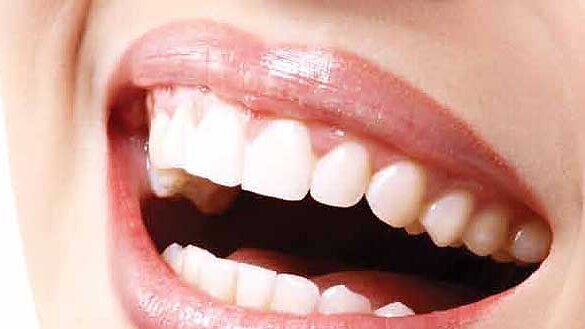



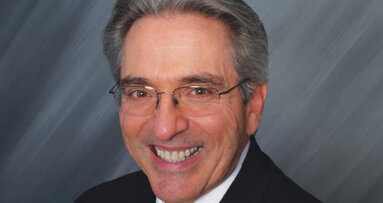
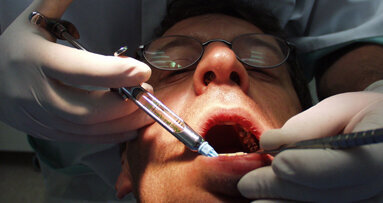


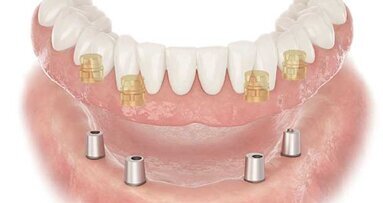
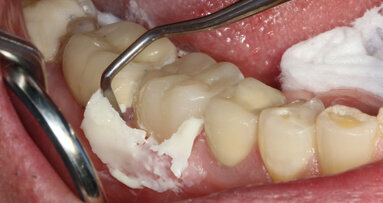

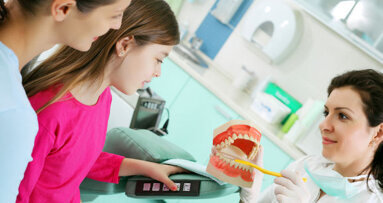
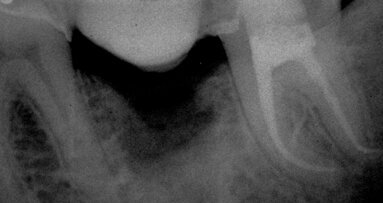


















To post a reply please login or register